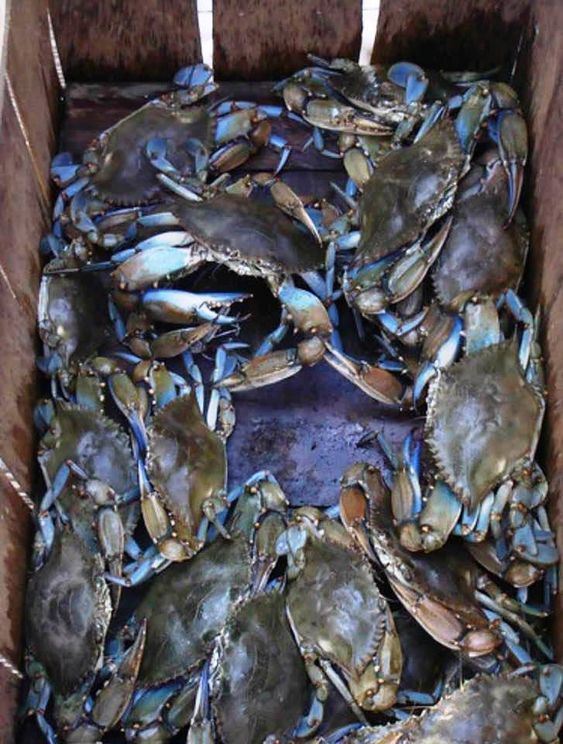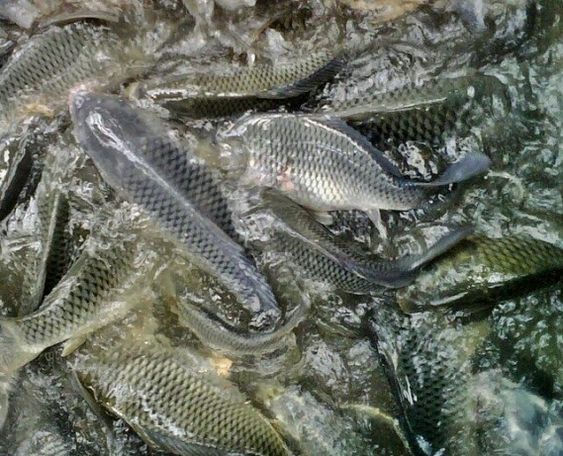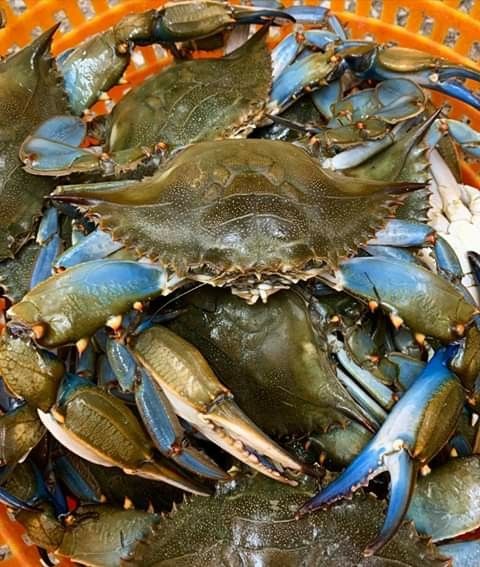Crab Preservation: A Comprehensive Guide
Crab preservation, the art and science of maintaining crab quality over time, is a critical aspect of the seafood industry. From the moment a crab is harvested, it undergoes a series of processes aimed at preserving its taste, texture, and nutritional value. This article delves into the multifaceted world of crab preservation, exploring its significance, methods, challenges, and future directions.
Contents
The Importance of Crab Preservation
The demand for crab, a delicacy in many cultures, has surged in recent years. However, the supply of fresh crab is often limited by geographical location and seasonality. Effective crab preservation is essential to meet this growing demand while maintaining product quality.
Economic Benefits:
- Year-round availability: Preserved crab extends the consumption window beyond peak seasons, stabilizing prices.
- Reduced waste: Proper preservation minimizes spoilage, leading to economic gains.
- Export opportunities: Preserved crab can be shipped to global markets, expanding market reach.
Consumer Benefits:
- Consistent quality: Preserved crab offers predictable taste and texture.
- Convenience: Preserved crab products are often ready-to-eat or require minimal preparation.
- Food safety: Proper preservation ensures the product is safe for consumption.
Environmental Benefits:
- Sustainable practices: Efficient preservation can reduce the need for excessive harvesting.
- Reduced carbon footprint: Preserved crab can be transported over longer distances, potentially reducing transportation emissions.
Goals of Crab Preservation
The primary goal of crab preservation is to maintain or enhance the crab’s sensory attributes (taste, aroma, texture, appearance) and nutritional value while extending its shelf life. Secondary goals include:
- Preventing microbial growth and spoilage.
- Inhibiting enzymatic activity that degrades quality.
- Protecting against oxidation and rancidity.
- Maintaining product safety.
Crab Preservation Methods
A variety of methods can be employed to preserve crab, each with its own advantages and limitations.
Traditional Methods:
- Salting: One of the oldest preservation techniques, salting removes moisture, creating an environment in which bacteria cannot thrive.
- Drying: This method removes moisture through evaporation, extending shelf life.
- Smoking: Combining drying and the application of smoke, smoking imparts flavor while preserving the crab.
Modern Methods:
- Freezing: Rapid freezing preserves the crab’s quality by forming ice crystals that minimize damage to cells.
- Canning: A commercial sterilization process that destroys microorganisms, canning ensures long shelf life.
- Pasteurization: This process uses heat to kill harmful microorganisms while maintaining product quality.
- Vacuum packaging: Removing air from the packaging helps prevent oxidation and extends shelf life.
- Modified atmosphere packaging (MAP): Controlling the atmosphere within the packaging can inhibit microbial growth.
- High-pressure processing (HPP): Applying high pressure inactivates microorganisms without affecting product texture.
Factors Affecting Crab Preservation
Several factors influence the effectiveness of crab preservation:
- Crab species: Different crab species have varying compositions, affecting preservation requirements.
- Crab quality: The initial quality of the crab significantly impacts the final product.
- Preservation method: The chosen method must be suitable for the crab species and desired product characteristics.
- Storage conditions: Temperature, humidity, and light affect the preservation process.
- Packaging: The packaging material and design play a crucial role in product protection.
Challenges in Crab Preservation
Crab preservation faces several challenges:
- Maintaining quality: Preserving the delicate flavor and texture of crab can be difficult.
- Microbial contamination: Preventing microbial growth is essential for product safety.
- Enzymatic degradation: Controlling enzymatic activity is crucial for maintaining product quality.
- Lipid oxidation: Oxidation can lead to rancidity and off-flavors.
- Consumer acceptance: New preservation methods may require consumer education and acceptance.
Research and Development
Ongoing research aims to address the challenges of crab preservation and develop innovative solutions:
- New preservation technologies: Exploring emerging technologies like pulsed electric fields and ultraviolet light.
- Optimized packaging: Developing packaging materials that enhance product protection and shelf life.
- Consumer studies: Understanding consumer preferences and acceptance of preserved crab products.
- Sustainability: Investigating environmentally friendly preservation methods.
The Role of Freezing in Crab Preservation
Freezing is one of the most commonly used methods for preserving crab due to its efficiency in maintaining product quality. It involves rapidly cooling the crab to a temperature below its freezing point, forming ice crystals that minimize cellular damage.
Key Factors Affecting Frozen Crab Quality:
- Freezing Rate: Rapid freezing is crucial. Slow freezing leads to larger ice crystals, causing cellular damage and compromising texture.
- Storage Temperature: Optimal storage temperature is -18°C (0°F) or lower. Fluctuations in temperature can accelerate deterioration.
- Packaging: Proper packaging prevents freezer burn, desiccation, and oxidation. Vacuum packaging or using airtight containers is recommended.
- Thawing: Thawing should be done slowly and carefully to prevent drip loss and quality degradation.
Types of Freezing:
- Blast Freezing: This method involves exposing the crab to extremely low temperatures (-40°C to -80°C) for a short period, resulting in rapid freezing.
- Plate Freezing: Crabs are placed on metal plates cooled by a refrigerant. This method is suitable for smaller quantities.
- Immersion Freezing: Crabs are submerged in a freezing liquid, such as liquid nitrogen or a salt-water brine.
Challenges and Solutions in Frozen Crab Preservation
Despite its effectiveness, freezing presents certain challenges:
- Texture Changes: Ice crystal formation can alter the crab’s texture, making it softer or mealy.
- Drip Loss: Upon thawing, some juice may be lost, affecting flavor and texture.
- Oxidation: Exposure to oxygen during freezing and thawing can lead to rancidity.
- Flavor Loss: Some volatile compounds responsible for flavor may be lost during the freezing process.
To address these challenges, researchers and industry professionals have developed various strategies:
- Freezing Adjuvants: Adding substances like sugars or salts can reduce ice crystal formation.
- Modified Atmosphere Packaging (MAP): Controlling the atmosphere within the packaging can minimize oxidation.
- Rapid Thawing Techniques: Microwave or sous-vide thawing can help preserve quality.
- Freezing Pre-treatments: Brining or marinating crabs before freezing can improve texture and flavor retention.
Consumer Perception and Market Trends
Consumer acceptance of frozen crab has increased significantly due to advancements in freezing technology and packaging. Convenience and year-round availability are key factors driving demand. However, there is still a perception that fresh crab is superior, which presents an opportunity for the industry to educate consumers about the quality of frozen crab.Market trends indicate a growing preference for value-added frozen crab products, such as pre-cooked or seasoned crab. This trend is driven by consumer desire for convenience and time-saving options.






